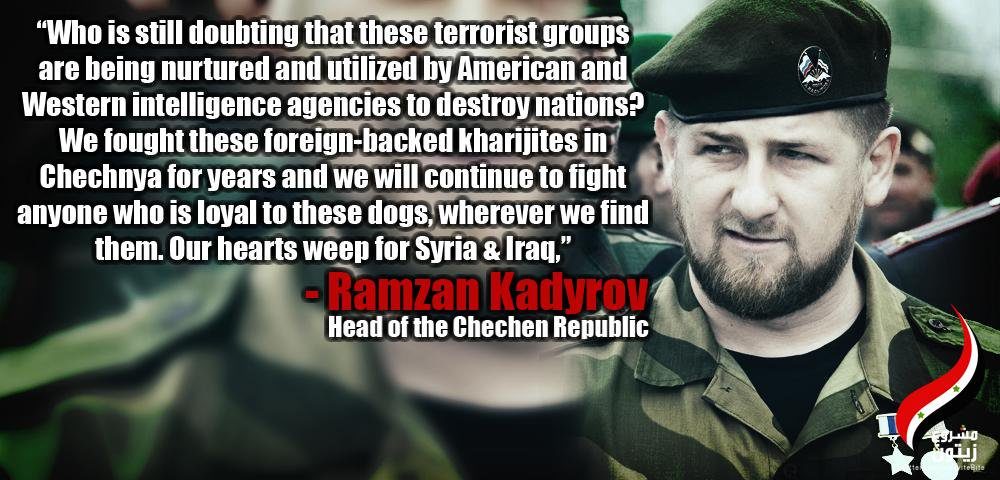Reports of this have been received earlier, in particular, this was mentioned at a recent security conference held in Tashkent. Then the head of the Tajik Foreign Ministry Sirodzhiddin Aslov openly announced the activation of terrorists in the region:
The activation of terrorist groups, their advancement to the northern regions of Afghanistan, especially in the territories bordering Tajikistan, the increase in the number of ISIS supporters, as well as the participation of a certain number of citizens of the post-Soviet republics in the terrorist groups and movements present in Afghanistan ... causes our serious concernThis problem was also voiced at the Seventh Conference on International Security, held recently in Moscow. According to Russian intelligence agencies, at the moment the combat potential of the Islamic State ranges from 2500 to 4000 people. This is also confirmed by sources from the Ministry of Defense of China. The Chinese military claims at least 3,800 militants operating in 160 terrorist cells. Their greatest concentration is in the province of Nangarhar, in which the Islamic State increases the production and smuggling of drugs, as well as creates an infrastructure for the training of terrorists and recruits local people.
The Plan
According to Russian and Chinese law enforcement agencies, militants fleeing the sea from Syria and Iraq follow a route from the Qasim port in the Pakistani city of Karachi to Peshawar, and are then distributed along the Nangarhar province in the east of the country. Representatives of the top leadership of the radicals are located in the Achin district.
In addition, it is noted that since late 2017 the leaders of the Islamic State managed to transfer from Syria and Iraq to Afghanistan an additional 500 foreign fighters, including more than two dozen women. A source in one of the Russian law enforcement agencies says:
All of them are also in the province of Nangarhar. They are citizens of Sudan, Kazakhstan, Czech Republic, Uzbekistan, France and so on.Movement of militants to the north is planned to be organized in two directions. In Tajikistan, the radicals will penetrate the provinces of Nuristan and Badakhshan, and to Turkmenistan - through the provinces of Farah, Ghor, Sari-Pul and Faryab.
The Executor
Governor of Nangarhar Province, Gulab Mangal, personally oversees militant activities in the region, which plans to expand its influence over other regions of the country at the expense of the radicals. In addition, he actively participates in the financial activities of the Islamic State, receiving significant profits. The network informs that any protest actions of the population dissatisfied with the activities of the Islamic State are "severely suppressed by the provincial authorities, including through punitive operations against whole settlements."
Mangal has a long-standing relationship with the US intelligence services. In particular, he fought against the Soviet forces during the Afghan campaign of the USSR. Immediately after the US invasion in 2001, he was appointed as the head of the local government of the Pashtuns, the people to which he belongs. Also, Mangal is loved by the Western press. Most of the publications in the major American and British media contain exceptionally positive information about him, and the BBC called him "the hope of Helmand province," which Mangal previously headed.
According to the Ministry of Defense of Afghanistan, in the near future the leadership of the Islamic State plans to expand the grouping by another 1.2 thousand militants. Most of them will also be located in the province, under the control of Gulab Mangal and his people.
It is worth noting that the two largest US bases in Afghanistan are in the immediate vicinity of the Nangarhar province, which is hardly worth considering as a coincidence.
At the same time, the expert community points out that the pressure on Tajikistan and Turkmenistan will be only one of the vectors of the new hybrid attack on Russia. Director of the Center for Geopolitical Expertise Valery Korovin is confident that Moscow should prepare for a large-scale offensive of geopolitical opponents on all fronts: in Ukraine, possibly through Armenia, as well as a number of other post-Soviet countries:
The probability of an exacerbation in Central AsiaWhy Do Americans Do This?
Destabilizing the situation in Central Asia, the US and its allies will achieve several goals at once. First, in this way, Washington can distract Moscow and Tehran from Syria. Secondly, if the operation succeeds, a focus of instability will be created along the path of the One-Belt-One-Road project, which is designed to strengthen the economic and logistical integration of Eurasia. Afghanistan also borders Iran in the west, which opens a new front against Tehran if necessary is extremely high. It will happen synchronously with the exacerbation in several directions. Starting with economic pressure through new sanctions, ending with "color revolutions" that will continue in the post-Soviet space, and direct aggression from American networks. Obviously, the United States did not seize Afghanistan, by rigging its military dictatorship there, in order to build democracy and civil society there. This is a springboard for the creation of terrorist networks, with the help of which the US is preparing an aggression against Iran and Russia.






Reader Comments
to our Newsletter